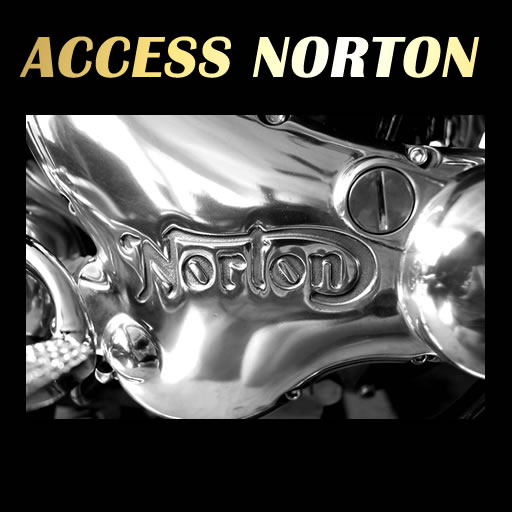Hi
Thought I'd share my head gasket fab ideas. Worked well for me but it does require a plasma cutter, a router and a bottom bearing carbide tipped flush cut bit. You could still do this without the plasma cutter by using a band saw or jig saw but it sure makes it easier. The copper is discolored from being outside but it's in good shape.
The advantages to the router method are speed and that you end up with the identical bore to the cylinder.
I used an old gasket as a jig to rough out the blank one side at a time. 1/4 inch wood was used to keep the gasket off the copper enough to use the torch tip against the gasket. When I cut the opposite side, I just had move the gasket to get the right offset. The ears, I cut freehand.

For the bore holes, I just used the gasket as-is because I'm going to router off the excess anyway. The bit was set just below the copper so as not to cut into the cylinder walls.

Clamps used to hold down the gasket while cutting and drilling. I also clamped the whole assembly to the bench for stability.

Showing how nice the cut and accuracy are.

For drilling the stud holes, I used a drill press but you could do it with a hand drill. Bit size I used was 27/64.
Thought I'd share my head gasket fab ideas. Worked well for me but it does require a plasma cutter, a router and a bottom bearing carbide tipped flush cut bit. You could still do this without the plasma cutter by using a band saw or jig saw but it sure makes it easier. The copper is discolored from being outside but it's in good shape.
The advantages to the router method are speed and that you end up with the identical bore to the cylinder.
I used an old gasket as a jig to rough out the blank one side at a time. 1/4 inch wood was used to keep the gasket off the copper enough to use the torch tip against the gasket. When I cut the opposite side, I just had move the gasket to get the right offset. The ears, I cut freehand.
For the bore holes, I just used the gasket as-is because I'm going to router off the excess anyway. The bit was set just below the copper so as not to cut into the cylinder walls.
Clamps used to hold down the gasket while cutting and drilling. I also clamped the whole assembly to the bench for stability.
Showing how nice the cut and accuracy are.
For drilling the stud holes, I used a drill press but you could do it with a hand drill. Bit size I used was 27/64.




Comment